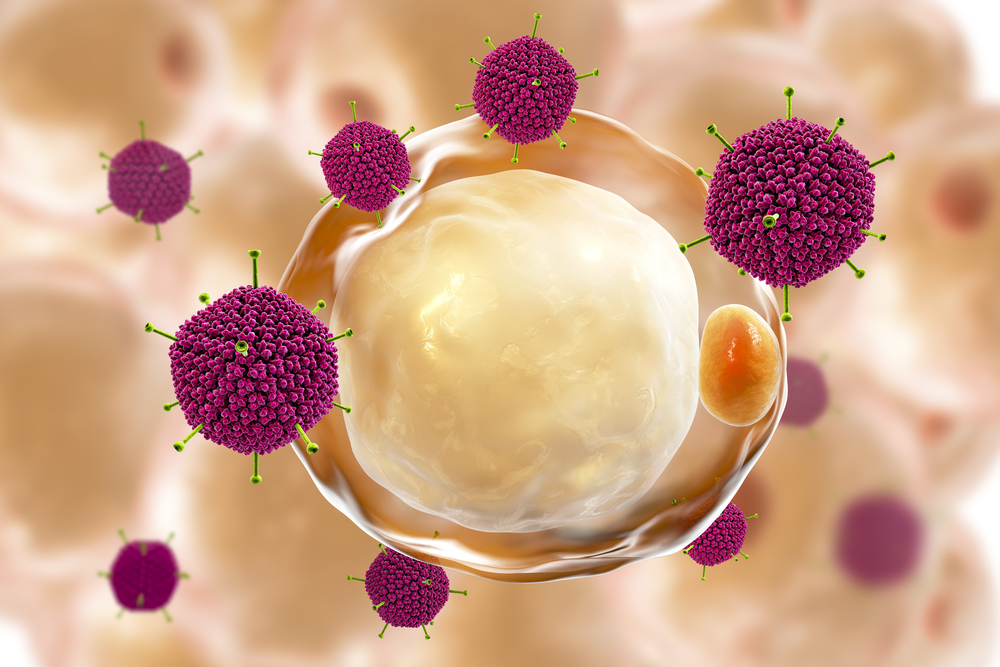#IARC2017 – Protein-producing Frataxin Gene Delivered to Brain, Heart of Primates in Gene Therapy Study

New viral vectors were found to effectively transfer a normal and protein-producing frataxin gene into major tissues affected by Friedreich’s ataxia — including the brain and the heart — in non-human primates, a new study showed.
The study was presented by Holger Patzke of Voyager Therapeutics at IARC 2017 in a presentation Saturday titled “Intravenous delivery of AAV gene therapy to cerebellum and peripheral tissues critical for the treatment of Friedreich’s ataxia.” IARC, the International Ataxia Research Conference, opened Wednesday in Pisa, Italy, and closes today.
Gene therapy is viewed as a potential therapeutic approach for Friedreich’s ataxia (FA). One of its strategies relies on using inactivated viruses, namely adenoviruses, that upon infection introduce DNA into the target cell — delivering, in the case of FA, a normal and functional frataxin gene.
But a major challenge with adenoviral vectors is delivering the new frataxin gene at levels sufficient to ensure its effective and safe expression.
Friedreich ataxia attacks specific regions of the body, and they would be the treatment’s targets: the dentate nucleus, a region of the cerebellum in the brain; the dorsal root ganglia, a specialized region of nerve cells within the spinal cord; and the heart.
Patzke presented results concerning the use of new adenoviral vectors carrying the frataxin gene, and their efficacy at delivering the gene in non-human primates tomsites that included the cerebellum, the peripheral nervous system, and the heart.
The adenoviruses were delivered intravenously (directly into the blood circulation), and the effectiveness of frataxin gene delivery was assessed one month later.
Results showed that the cerebellum, and specifically the dentate nucleus, were effectively targeted, as were the dorsal root ganglia and the heart. High levels of the frataxin protein were also in the targeted tissues, meaning that the gene delivery was effective and that it increased the amount of frataxin protein in the desired locations within the animals.
These results — in non-human primates — support the use of these novel adenoviral vectors as effective vehicles of frataxin gene delivery, and as “a potential approach for the treatment of central and peripheral FA,” the research team concluded.






